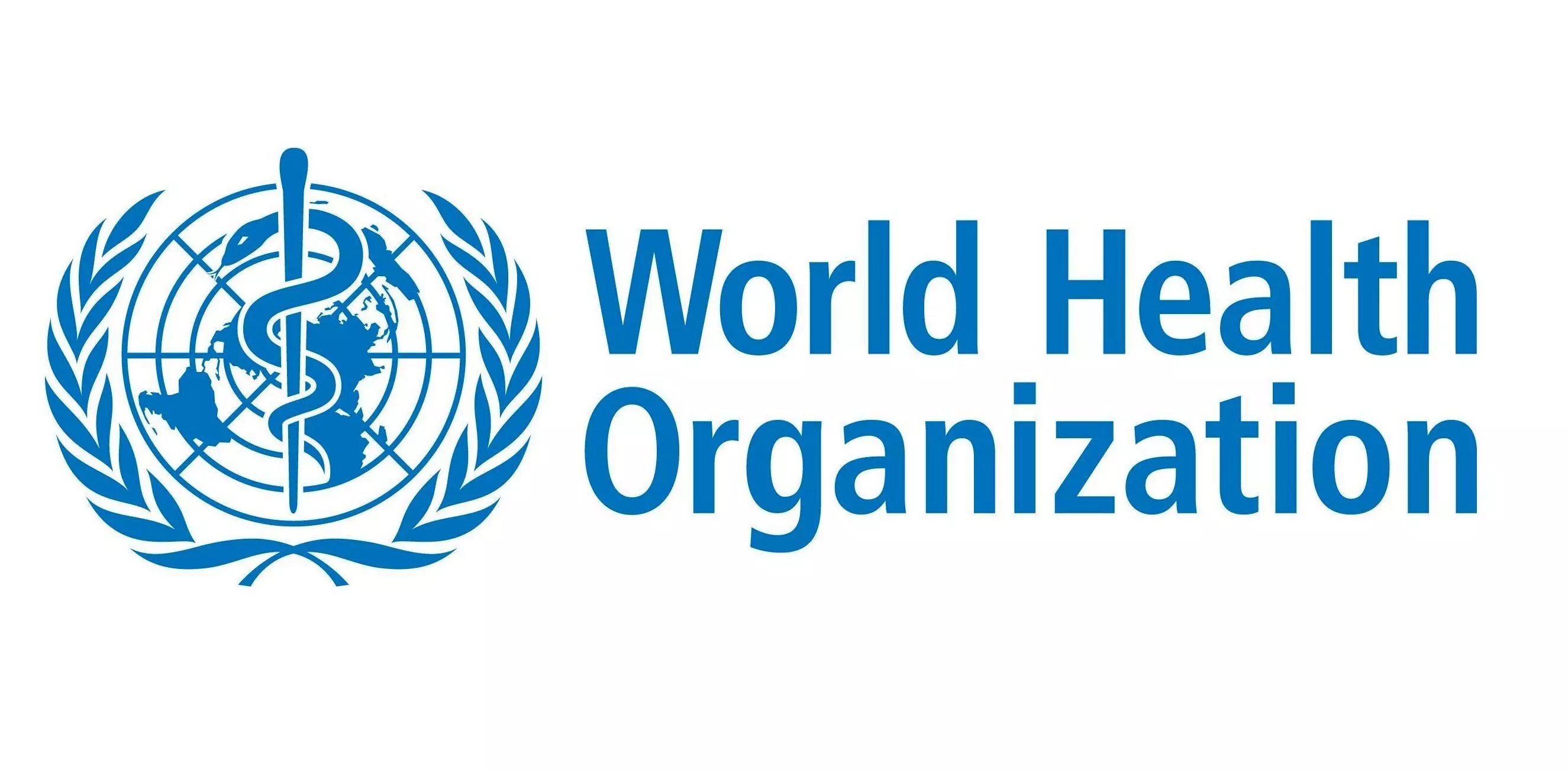
The World Health Organisation (WHO) is set to issue a brief on the potential modes of transmission of the new coronavirus, a senior official said on Tuesday. Dr Maria van Kerkhove, Epidemiologist and WHO Technical Lead on COVID-19, made the disclosure while responding to a journalist’s question about an open letter signed by hundreds of […]

The World Health Organisation (WHO) is set to issue a brief on the potential modes of transmission of the new coronavirus, a senior official said on Tuesday.
Dr Maria van Kerkhove, Epidemiologist and WHO Technical Lead on COVID-19, made the disclosure while responding to a journalist’s question about an open letter signed by hundreds of scientists.
The letter signed by hundreds of scientists urged the UN agency to update its recommendations on airborne transmission.
She said WHO welcomed interaction with the scientific community.
She noted that the group first wrote to the UN agency on 1 April, adding that there had been “active engagement” since then.
“Many of the signatories are engineers, which is a wonderful area of expertise, which adds to growing knowledge about the importance of ventilation which we feel also is very important,’’ she said.
WHO has been studying the various potential modes of coronavirus transmission, including airborne or aerosol droplets, and other channels such as from mother-to-child and from animal-to-human.
The agency is producing a scientific brief that consolidates the growing knowledge around this subject, which will be issued in the coming days.
Meanwhile, the WHO Director-General, Tedros Ghebreyesus, has repeated his longstanding appeal for global solidarity to overcome the COVID-19 crisis.
Ghebreyesus warned that although cases were accelerating globally, the peak of the pandemic had yet to be reached.
“While the number of deaths appears to have levelled off globally, in reality, some countries have made significant progress in reducing the number of deaths, while in other countries, deaths are still on the rise.
“Where there has been progress in reducing deaths, countries have implemented targeted actions toward the most vulnerable groups; for example, those people living in long-term care facilities,” he said.
As of Tuesday, there were 11.4 million cases of COVID-19 and more than 535,000 deaths.
The director-general noted that while it took 12 weeks to reach 400,000 cases worldwide, the same number was recorded over the past weekend alone.
“I will say it again. national unity and global solidarity are more important than ever to defeat a common enemy, a virus that has taken the world hostage.
“This is our only road out of this pandemic. I repeat national unity and global solidarity,” he told journalists.
He added that WHO was concerned about how the pandemic was having an impact on efforts to tackle HIV, as some 73 countries were at risk of running out of antiretroviral medicines (ARVs).
To address difficulties in accessing treatment during the crisis, WHO recommended prescribing these treatments for longer periods of time, up to six months.
The UN agency also urged countries to ensure uninterrupted HIV prevention, treatment and services amid the pandemic.
WHO said progress had stalled in the areas of prevention, testing and treatment because services were not reaching those who most needed them.




